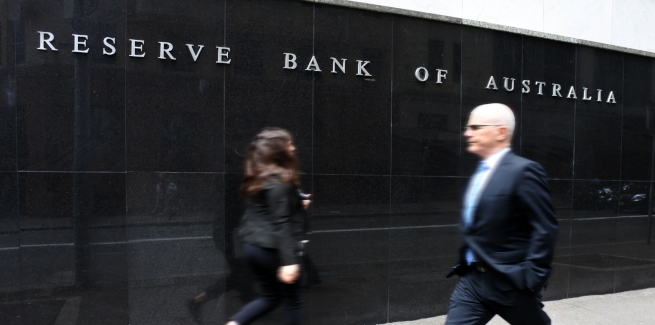On Tuesday (7 June), the Reserve Bank of Australia (RBA) decided to lift the cash rate by 50 bps, from 0.35 per cent to 0.85 per cent.
It marked the largest increase in the cash rate since February 2000 and had followed May’s 25-bp bump, when the RBA had decided to move the rate for the first time in around a year and a half, from its historic low of 0.1 per cent.
In the lead-up to the June monetary policy meeting, economists had been certain that a cash rate rise was on the cards, but most were split between a 25-bp or 40-bp hike, after the RBA considered the options in May.
But as RBA governor Philip Lowe explained in his monetary policy decision statement, the board had decided to take a larger step amid high inflation pressures and the still very low level of interest rates.
He had also flagged that more rises will follow in the months ahead.
As such, economists from ANZ, CBA and Westpac have taken this to mean that the RBA is likely to repeat its actions.
ANZ head of Australian economics David Plank wrote in a new research note that Dr Lowe had used stronger language around future rate rises, suggesting that another 50-bp rate hike is on the table over the coming months.
ANZ has forecast that it will happen in August, after consumer price index (CPI) inflation data for the June quarter is released, as well as employment reports.
Thus, the bank has forecast a 25-bp increase in July, followed by a 50-bp increase in August, with one or two more increases expected over the remainder of the year, which would get the rate to around the bottom of the 2-3 per cent range.
CBA head of Australian economics Gareth Aird similarly noted a “clear shift in tone and stance” from the RBA board, from its previous “business as usual” approach favouring 25-bp increases.
“The RBA board has radically shifted gear today,” Mr Aird wrote in a research note.
CBA expects another 50-bp increase to take place in July, followed by further 250-bp hikes in August, September and November. This would push the cash rate to 2.1 per cent at the end of the year.
However, the CBA team believes there is a risk of a higher year-end cash rate of 2.35 per cent, which could be reached with a third 50-bp hike in August.
Mr Aird also noted that Dr Lowe had tipped that inflation will rise further, before dipping back towards the RBA’s target 2-3 per cent range next year.
Last month, the RBA had not expected inflation to return to target until mid-2024.
However, CBA expects financial conditions will tighten over next year, given the fixed-rate home loan expiry schedule. It also has predicted that the RBA will soon return to easing monetary policy.
“Our expectation is that economic momentum will slow significantly under the weight of a contractionary monetary policy setting,” Mr Aird explained.
“As such we expect to see policy easing on the agenda in H2 2023.”
CBA has pencilled in 50 bps worth of rate cuts over the second half of 2023.
Mr Air also noted that higher rates will take some time to squeeze inflation, because there will be a lag between monetary policy and the impact for consumer prices.
As such, inflation is not expected to reverse over the next two quarters, despite the RBA beginning an aggressive tightening cycle.
However, there are some signs of cooling, with CBA credit and debit card data showing spending momentum slowed over May, consumer sentiment is down and house price growth has slowed.
The demand for credit has moderated, as seen in a big drop in new home lending over April.
Meanwhile Westpac chief economist Bill Evans has also forecast another 50-bp increase for July, which would take the cash rate to 1.35 per cent.
His team expects the cash rate to move in 25-bp increments until it hits 2.35 per cent in February.
“A slowdown in the pace of hikes in August can be expected but a response will still be necessary to the likely upside surprise on inflation for the June quarter with a further 25 basis point move required,” Mr Evans stated.
“With the cash rate having reached 160 basis points by August it will be prudent for the bank to pause.
“Our analysis of the leverage in household balance sheets points to a cash rate of around 160 basis points being ‘in the neighbourhood’ of neutral – better to pause at that point to assess the impact on household consumption; house prices; the labour market; consumer and business confidence; and the response of wages growth to these inflation pressures.”
Westpac was the first big four bank to pass on the 50-bp June rate hike to its customers on Wednesday (8 June).
[Related: 1st major bank passes on 50-bp rate hike]
 ;
;
